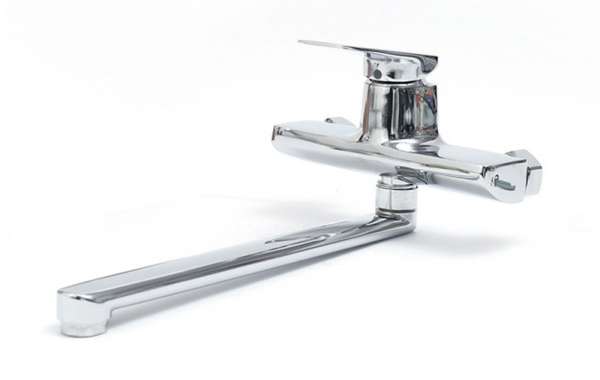Proper maintenance is key to ensuring your kitchen faucet remains functional and attractive for years. Regular cleaning and timely repairs can prevent common issues like leaks, low water pressure, or mineral buildup. By following a few simple steps, you can keep your kitchen faucet performing at its best.
Cleaning your kitchen faucet regularly helps preserve its finish and prevent grime buildup. Use a soft cloth and mild soap to wipe down the surface, avoiding harsh chemicals that could damage the coating. For stubborn spots, a mixture of vinegar and water can dissolve mineral deposits without scratching the metal. Rinse thoroughly and dry with a clean towel to prevent water spots.
Mineral buildup is a frequent issue in kitchen faucets, especially in areas with hard water. If you notice reduced water flow, the aerator—the small screen at the tip of the spout—may be clogged. Unscrew it and soak it in vinegar overnight to dissolve deposits before rinsing and reinstalling. Some kitchen faucets have self-cleaning nozzles that minimize buildup, but manual cleaning may still be necessary occasionally.
Leaks are another common problem that can waste water and increase utility bills. If your kitchen faucet drips, the culprit is often a worn-out cartridge or O-ring. Replacing these inexpensive parts can usually resolve the issue. For persistent leaks, check the connections under the sink to ensure they’re tight and free of cracks.
Low water pressure can stem from various causes, including clogged aerators or supply line issues. Start by cleaning the aerator as mentioned above. If that doesn’t help, inspect the supply valves under the sink to ensure they’re fully open. In some cases, sediment buildup in the pipes may require professional attention.
Over time, the handles or spout of your kitchen faucet may become loose. Tightening the mounting nuts under the sink can often fix wobbling or misalignment. For pull-down or pull-out faucets, check the hose and weight mechanism to ensure smooth operation. If the spray head doesn’t retract properly, the hose may need adjustment or replacement.
Preventative measures can extend the life of your kitchen faucet. Avoid using excessive force when turning the handles, as this can damage internal components. If you live in an area with hard water, consider installing a water softener to reduce mineral buildup. Periodically inspecting the faucet and addressing minor issues promptly can prevent more costly repairs later.
By taking these maintenance steps, you can keep your kitchen faucet functioning smoothly and looking great. A well-cared-for faucet not only enhances your kitchen’s efficiency but also adds to its overall appeal. With minimal effort, you can enjoy reliable performance and avoid common plumbing headaches.







